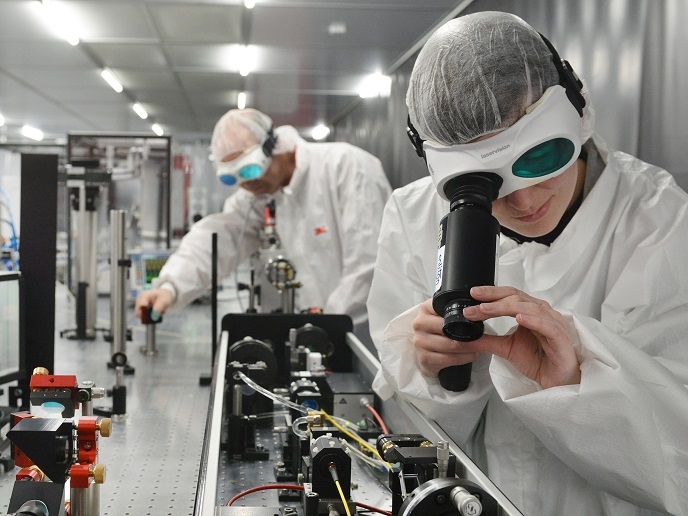Laser-focused on sharing the technological ‘wealth’ globally
A key enabler of highly varied applications and products, laser technology is critical to areas including energy, environment, information and communication, science, industry, consumer electronics, art conservation, entertainment and medicine. Europe is building strong foundations for leadership in laser technologies and applications with Laserlab-Europe, the Integrated Initiative of European Laser Research Infrastructures. Since its beginnings in 2004 with EU funding of the first LASERLAB-EUROPE project, three more rounds of EU funding have helped nearly double the network’s number of individual laser infrastructures (from 17 to 33) and countries represented (from 9 to 16). This fourth LASERLAB-EUROPE project ended in November 2019 with significantly improved capabilities and services, the addition of a new research infrastructure in Spain and a plethora of prestigious scientific publications. LASERLAB-EUROPE V is now in full operation.
Facilities, expertise and cross-cultivation bear fruit
According to project manager Daniela Stozno of the Max Born Institute, “Laserlab-Europe integrates the strengths of major national laser research institutes into a comprehensive virtual European laser research infrastructure. Its combined technical and scientific capabilities are unprecedented worldwide, and they are accessible to international users via open access regardless of nationality.” In addition to the transnational access programme, the project has funded joint research activities (JRAs) in numerous areas of endeavour. Transnational access supports studies in widely varied domains, including the life sciences, environmental science, and atomic and molecular physics. Scientists have used microscopy techniques to study the modulation of immune responses using monoclonal antibodies, a promising approach to cancer therapy. Researchers have investigated reactive intermediates relevant to combustion processes and atmospheric chemistry. Advances also enabled ultrafast measurement of photoelectrons emitted both forward and backward as a result of circularly polarised light impinging on chiral molecules. Within the JRAs, new methods, techniques and tools for biomedical research and application were developed that will have important clinical impact. For example, one team developed single-molecule localisation and manipulation techniques to investigate intracellular trafficking, gene expression regulation and Alzheimer’s disease. Another established a multicolour imaging methodology compatible with live imaging of biological samples. Crucial laser physics bottlenecks were overcome with laser materials development, advanced cooling technologies and novel laser architectures.
A laser-like focus on optimising and expanding access
Stozno elaborates: “The number of projects and users exceeded the initial targets by 6 % and 35 %, respectively. The ‘Dynamic Access Allocation Policy’ enabled us to optimise access according to user demand and changing availability, for example, due to closures for major upgrades.” This increased the total access days by 14 % relative to the original contract commitment. Young researchers, primarily PhD students and postdocs, accounted for more than half of users. Laserlab-Europe also provides transnational access to users from outside the EU, not only as part of European teams but on an equal basis. Fifteen percent of the total access units have been provided to non-European users. Project coordinator Claes-Göran Wahlström emphasises: “Laserlab-Europe not only connects scientists, technicians and users of research infrastructures worldwide, it also promotes friendship and trust across national borders.” Such global scientific cooperation in a win-win opportunity could not have come at a better time.
Keywords
LASERLAB-EUROPE, laser, research infrastructure, transnational access, imaging, joint research activities, environmental science, microscopy, monoclonal antibodies, cancer, chiral molecules, Alzheimer’s disease



